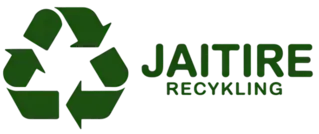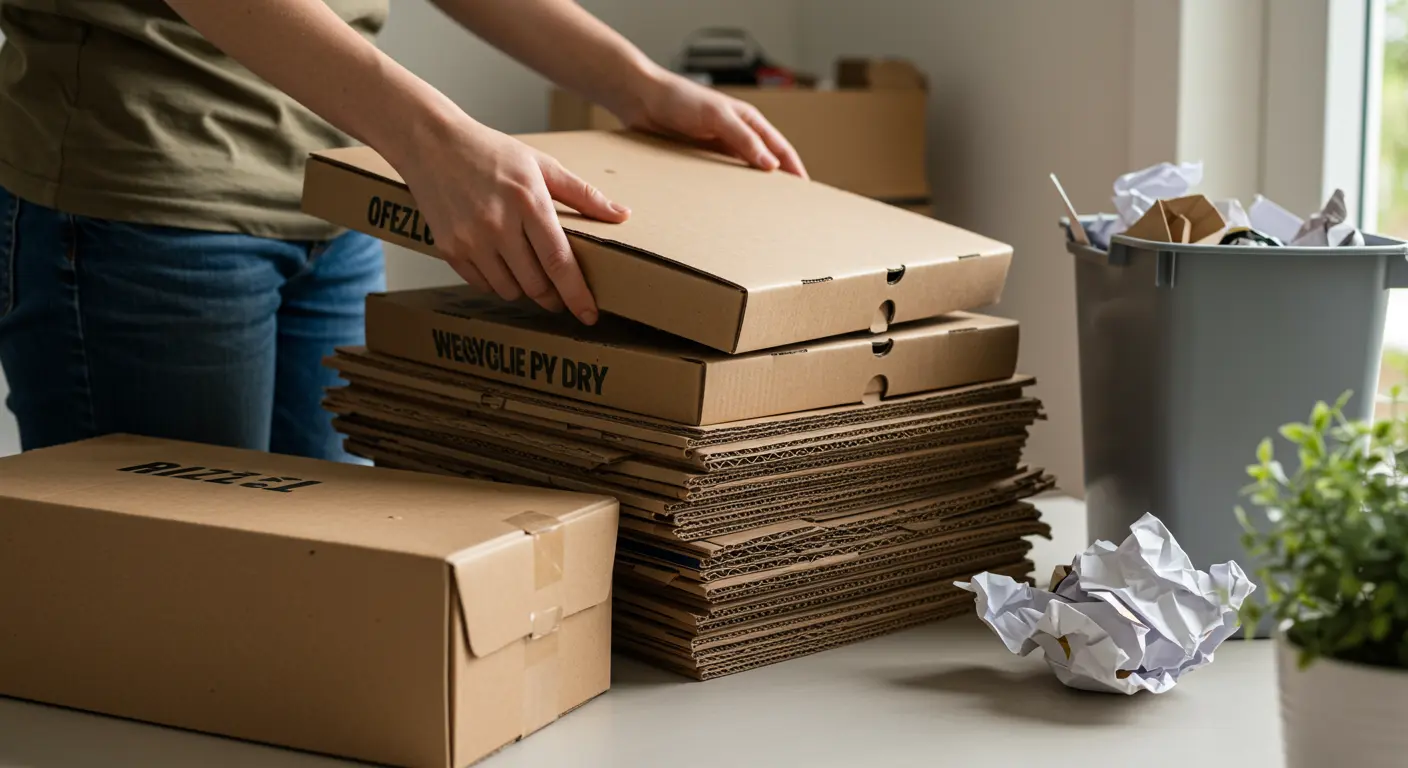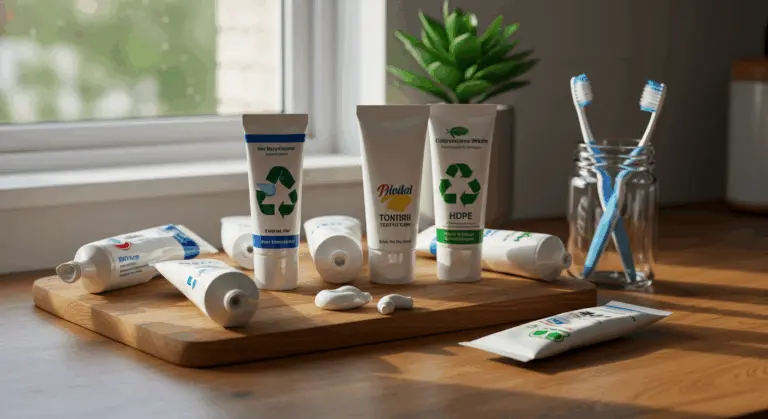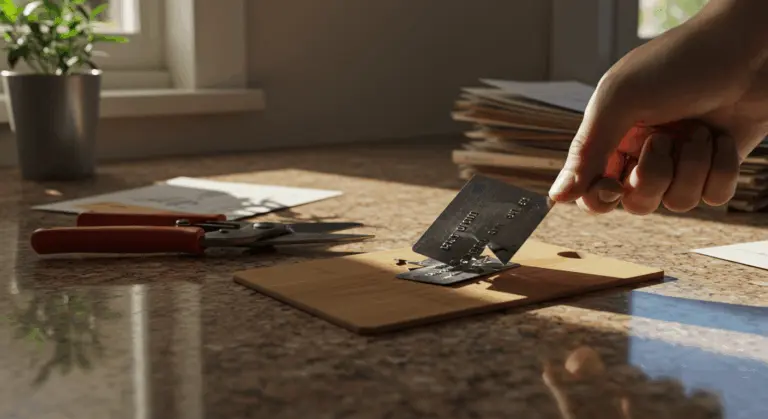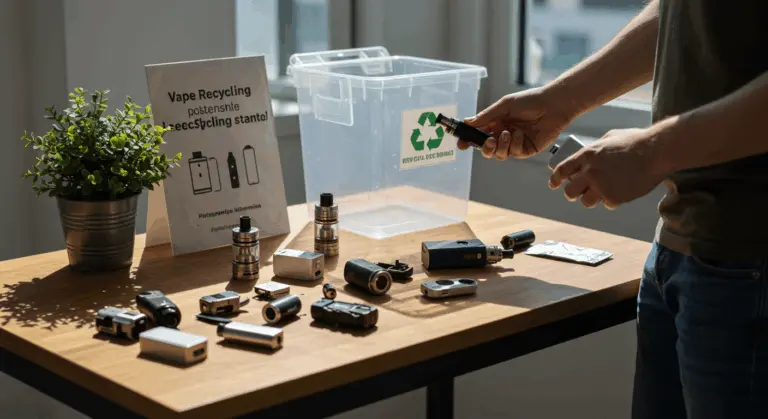Understanding Cardboard Recycling – An Overview
The journey begins with collection and sorting, where cardboard is gathered from homes, businesses, and recycling centers. Workers carefully separate cardboard from other recyclables in this first step. They remove contaminants—food residue, plastic tape, metal staples—that would interfere with recycling.
Once sorted, the cardboard undergoes compression and baling into large, dense blocks. This compression serves a dual purpose: it makes transportation more efficient while preparing the material for its next transformation. These compact bales then journey to specialized paper mills, where the transformation happens.
At the mill, baled cardboard enters the pulping stage, where it’s mixed with water and chemicals to break down fibers into a slurry. This mixture undergoes thorough agitation, separating fibers and creating uniform pulp. Next comescleaning and screening, where specialized equipment eliminate any lingering contaminants, to ensure clean output.
The transformation concludes with forming and drying the pulp into fresh paper products. Cleaned pulp spreads across large screens where water drains away, leaving behind a fiber mat. This mat is pressed and dried, emerging as new paper or cardboard. These reborn products—from sturdy shipping boxes to versatile paper rolls—re-enter the marketplace, completing the recycling cycle and demonstrating how recycling works.
Types of Cardboard That Can Be Recycled
Understanding which cardboard types can be processed helps with effective recycling. The good news? Most common cardboard products are recyclable.
Corrugated cardboard dominates the recycling stream. These robust boxes—distinguished by their characteristic wavy middle layer sandwiched between two flat pieces—handle shipping packages, moving boxes, and product packaging. Their sturdy construction makes them especially valuable for recyclers.Boxboard (or paperboard) represents another highly recyclable material. Think cereal boxes, shoe boxes, egg cartons, and food packaging. While less robust than corrugated cardboard, there’s strong demand for it for creating new paper products.
Other recyclable items include:
-
Toilet paper and paper towel tubes
-
Greeting cards (without glitter or metallic details)
-
Most delivery packaging
-
Pizza boxes work too—provided they’re reasonably clean. Minor grease stains? No problem. But oil-soaked boxes must hit the trash.
Coated or waxed cardboard—like certain frozen food containers—requires specialized recycling. While technically recyclable, these items aren’t always accepted in curbside programs. Check your local guidelines first.
Non-Recyclable Cardboard Items – What to Avoid
Preventing contamination of the recycling stream requires vigilance. Certain items must stay out of your recycling bin entirely.
Items that can’t be recycled include:
-
Heavily Soiled Cardboard: Anything saturated with food, grease, or oil.
-
Coated or Laminated Cardboard: Materials with plastic or wax coatings—think frozen food boxes or milk cartons—often need special handling.
-
Chemically Contaminated Cardboard: Boxes stained with paint, motor oil, or hazardous chemicals.
-
Composite Materials: Items that look like paper but aren’t—candy wrappers, chip bags, some frozen food packaging.
-
Embellished Cardboard: Gift boxes or cards adorned with glitter, foil, or heavy metallic inks.
The Cardboard Recycling Process Explained
The recycling process transforms discarded cardboard into valuable new products through several interconnected stages:
-
1. Collection and Sorting: Cardboard flows in from homes and businesses, then gets sorted at specialized facilities. Workers remove contaminants like plastic, metal, and food residue.
-
2. Baling: Sorted cardboard gets compressed into dense blocks, making transportation to paper mills.
-
3. Pulping: Mills mix these bales with water and chemicals in large tanks called hydropowers, breaking them down into fibrous slurry—the pulp.
-
4. Cleaning and De-inking: The pulp undergoes filtering and screening to eliminate stubborn impurities: glue, plastic fragments, ink.
-
5. Manufacturing: Clean pulp gets pressed, dried, and rolled into large sheets of fresh paper or cardboard. The cycle completes.
This process can repeat multiple times with identical fibers, though each cycle slightly degrades material quality. Typically, cardboard fibers endure 5-7 recycling cycles before becoming too short and weak for further use. This resilience makes cardboard one of our most sustainable packaging materials.
Cardboard recycling delivers significant environmental benefits:
-
Energy Savings: The process consumes 25-50% less energy than producing virgin cardboard, which reduces fossil fuel consumption and carbon emissions.
-
Resource Conservation: It saves 70-100% of virgin wood pulp and cuts water consumption by up to 99%.
-
Reduced Emissions: Local recycling shortens transportation distances, reducing the carbon footprint from shipping raw materials.
-
Economic Incentives: Businesses can earn rebates for recycling substantial volumes, transforming waste into revenue streams.
This makes cardboard recycling an important environmental action available to individuals and organizations. It helps with resource conservation and climate protection.
Cardboard Recycling Guidelines – Best Practices
Ensuring your cardboard gets recycled effectively requires following these practices:
-
Empty All Boxes: Extract every packing material—Styrofoam, plastic inserts, packing peanuts.
-
Flatten Boxes: Break down and flatten all cardboard to maximize space efficiency and improve collection.
-
Keep it Clean and Dry: Prevent cardboard from getting wet or soiled. For pizza boxes, tear off clean sections and toss greasy parts.
-
Separate Components: Remove non-paper elements when possible—plastic windows, metal clasps, excessive tape.
-
Handle Large Volumes: For substantial quantities, schedule special pickup or transport materials directly to recycling centers.
Connecting with local resources helps you understand your area’s recycling requirements:
-
Official City/County Websites: Your local waste management department’s site contains collection schedules, material guidelines, and contact information.
-
Curbside Programs: The most convenient household option. Verify specific requirements for sorting, bundling, or container usage.
-
Community Drop-Off Centers: Perfect for large quantities or areas without curbside service.
-
Online Locators: Websites like Earth911.com and Keep America Beautiful’s Recycling Locator find nearby facilities.
-
Commercial Services: Businesses generating significant cardboard waste can use specialized services that provide collection containers and rebates.
Several persistent myths about cardboard recycling create confusion and improper sorting. Here’s what you need to know:
| Myth | Reality |
| :— | :— |
| All cardboard is recyclable, regardless of its condition. | Heavily soiled, or greasy cardboard contaminates the entire recycling stream. Those oil-soaked pizza box sections? They belong in the trash. |
| Tape, staples, and labels make cardboard recyclable. | Modern recycling facilities easily handle small amounts of these common contaminants during processing. |
| Any product that looks like cardboard can be recycled. | Specialty items with wax, plastic coatings, or non-paper embellishments—think glitter or foil—can’t be processed through standard recycling streams. |
| Cardboard must be perfectly clean to be recycled. | Minor food stains are typically fine. The key? Avoid grease or liquid saturation. Simply tear off clean sections for recycling. |
| Individual recycling efforts don’t make a difference. | Recycling just one ton of cardboard saves approximately 17 trees, 7,000 gallons of water, and 4,000 kWh of electricity. |
